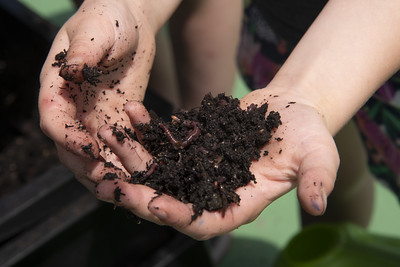
Vermicomposting
Students create a worm bin which will serve as a basis for investigations about ecosystems, life and nutrient cycles, and decomposition.
The National Agricultural Literacy Curriculum Matrix is a free database of standards-based lesson plans and resources for K-12 educators that use agriculture as a lens for teaching science, social studies, career and technical education, and nutrition.

Students create a worm bin which will serve as a basis for investigations about ecosystems, life and nutrient cycles, and decomposition.
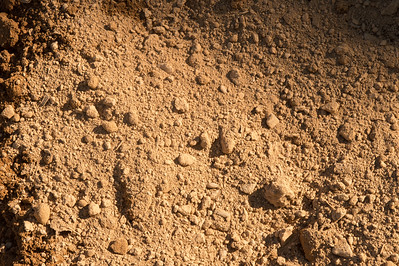
Students investigate soil texture and determine the texture of several soil samples.
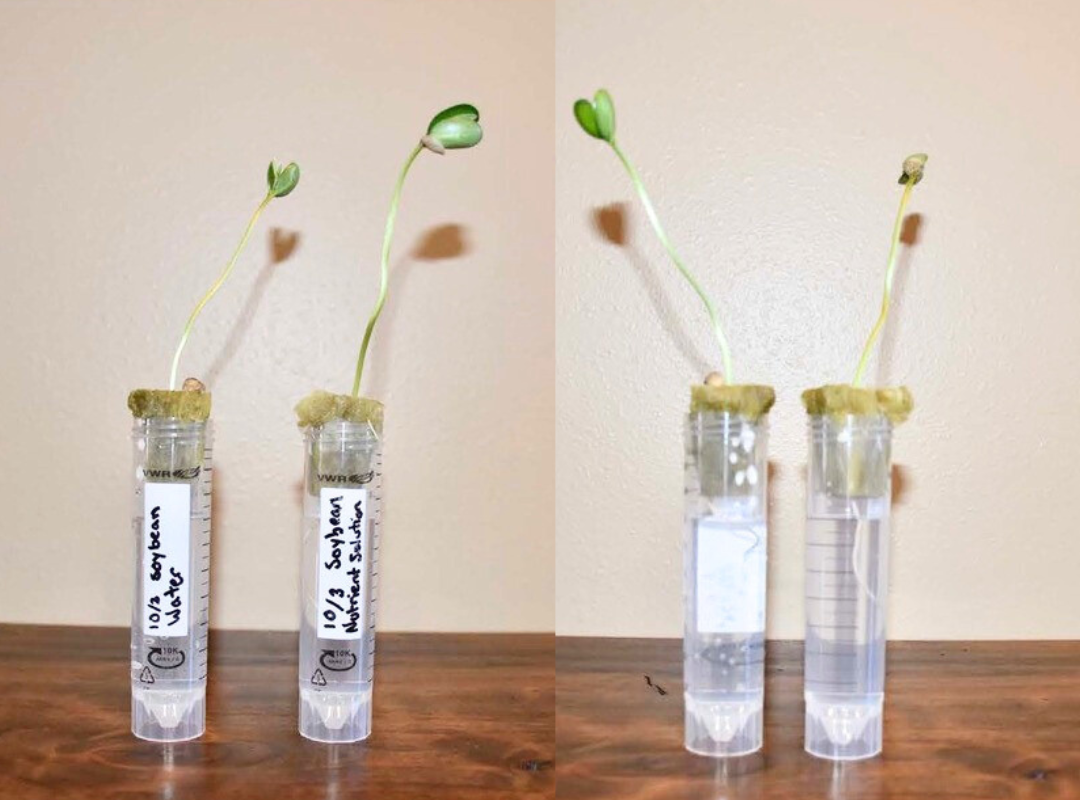
Investigate the importance of nutrients to support plant growth and discover how plants grow without soil by growing and observing plants in a test tube hydroponic system.

Students will understand how photoperiodism impacts plants and animals in the environment and learn how egg farms use this science to manage the laying of eggs by their hens.
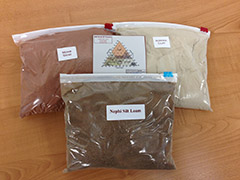
This is a great kit for teaching students about soil textures. The kit includes two cups of sand, two cups of silt, and two cups clay. All of the soil samples are from the state of Utah and are representative of the Intermountain Region, although the mineral content may be different, the particle sizes are true to soil texture type and can be used by other states for demonstration purposes. Order this kit online from agclassroomstore.com.
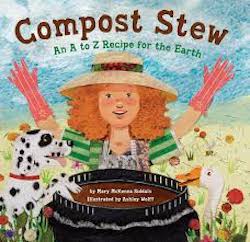
From apple cores to zinnia heads, readers will discover the best ingredients for a successful compost pile. How do you start a compost pile? What's safe to include? This book provides the answers.
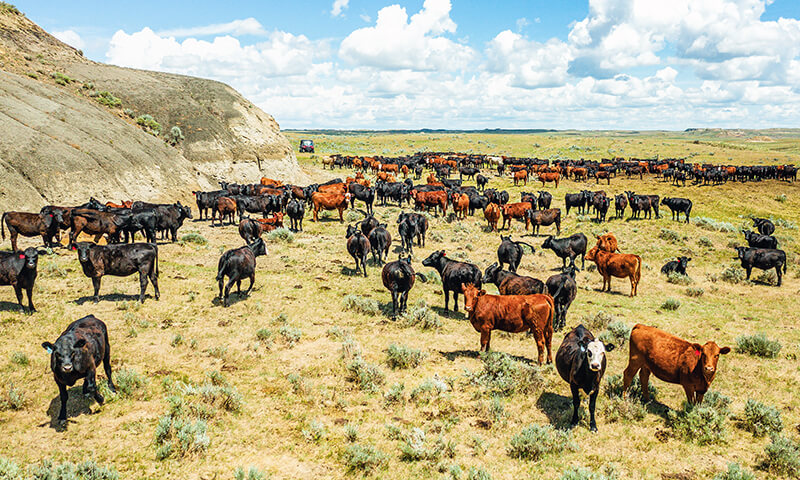
Students explain the value of the beef cattle industry, including the products cattle produce, the production process from farm to plate, and how cattle can utilize and obtain energy from grass and other forage.
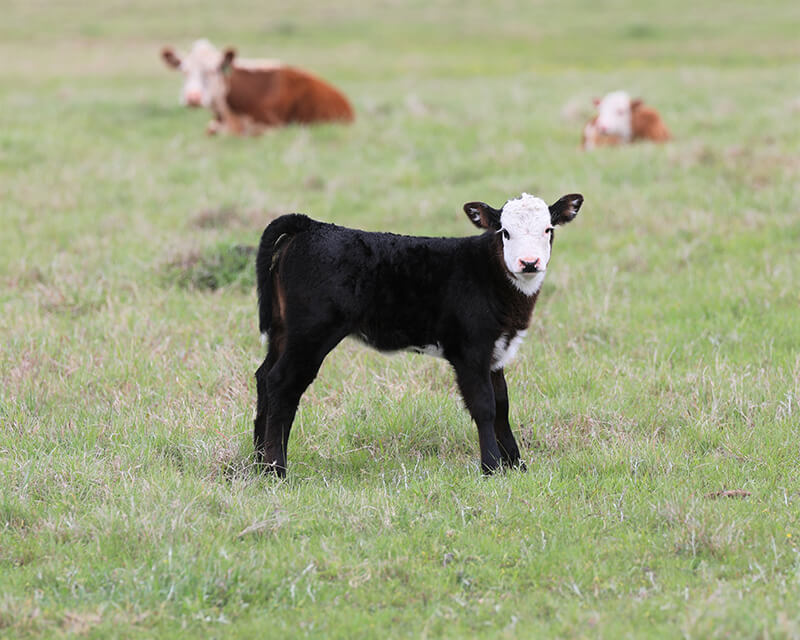
Students explore concepts of heredity in beef cattle and identify dominant and recessive traits.

Students explore pecan production from farm to fork, simulate the process of grafting, and create a nutritious snack.
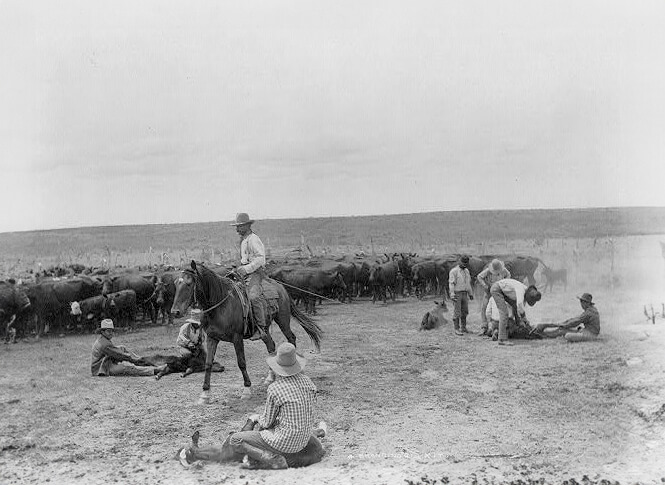
Students explore cowboy culture and history and research 19th-century Texas cattle trails by writing cowboy poetry, mapping historic cattle trails, and creating cattle brands.

Students discover how plants and soils interact by observing root growth, considering the function of a plant’s roots, modeling the movement of water into the roots, and investigating the movement of water and nutrients throughout the plant.
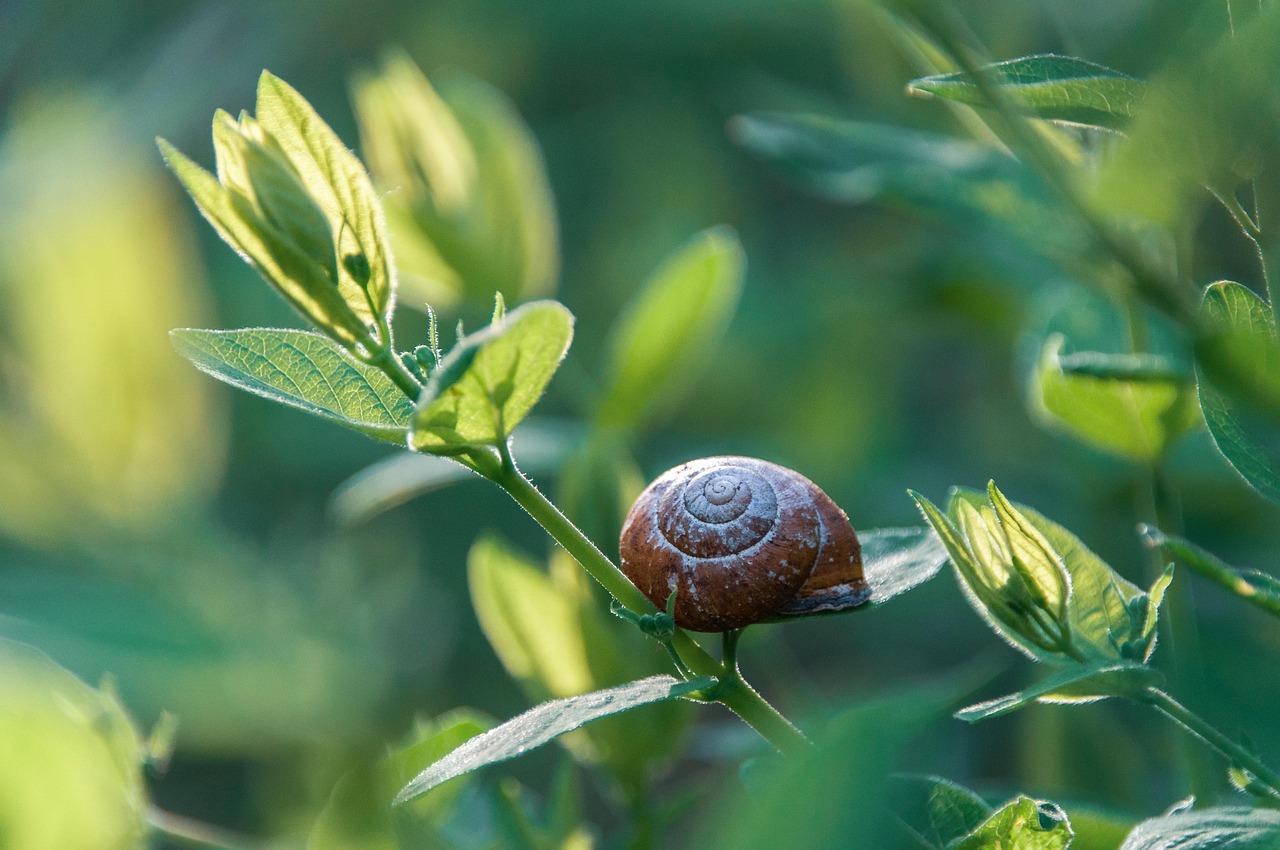
This lesson teaches about invasive species: what they are, the threats they pose, and damages they can cause. Students will identify individual pests and invasive species and discover what they threaten, where they live, and the pathways hungry pests use to enter new locations. Finally students move into action and explore what they can do to prevent the spread of invasive species.

Students investigate US crop and livestock production and analyze the relevance of land use models in contemporary agricultural production.

In this Dear America series book, Grace Edwards uses her journal to tell the story of a year (1935) in the Texas Panhandle town of Dalhart during the days of the Dust Bowl. Centered on a 12-year-old's perspective of home and school, chores and friends, Grace's diary reveals in graphic detail what life was like when farms failed, families went hungry, and children died from dust pneumonia because no rain fell.
Let us know if you have an idea you'd like to share for a new lesson plan or companion resource.
Download a CSV spreadsheet containing the vocabulary words used in the Curriculum Matrix.